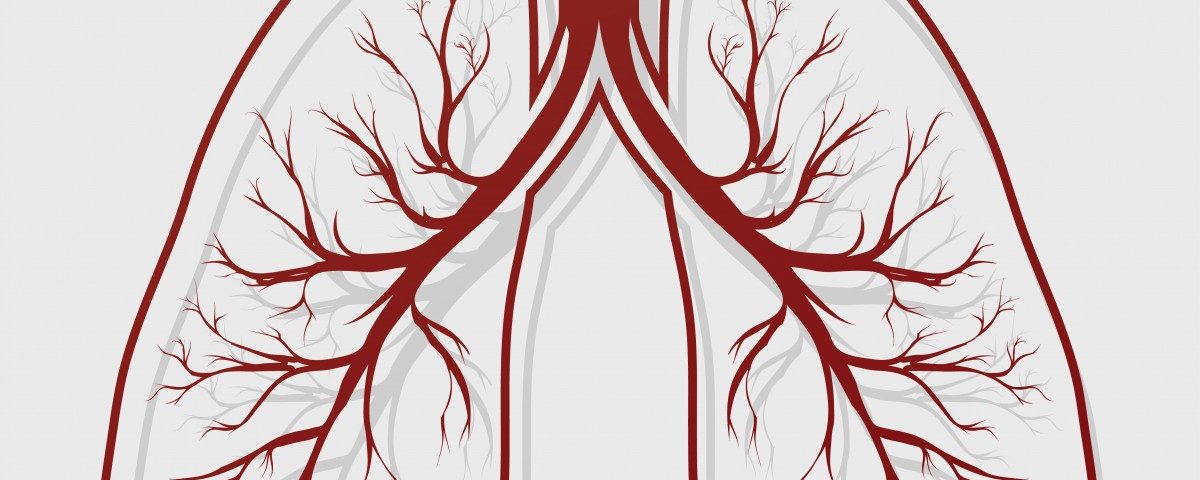The most common causes of non-cystic fibrosis bronchiectasis in Turkish children are an airway abnormality called primary ciliary dyskinesia and a sub-par immune system, a study reports.
A high frequency of marriages between relatives may be related to the conditions, researchers said.
The study, “A review of the etiology and clinical presentation of non-cystic fibrosis bronchiectasis: A tertiary care experience,” was published in the journal Respiratory Medicine.
Although cystic fibrosis is the most common cause of bronchiectasis, it can have other causes. These include infections, pneumonia, lung problems, congenital problems, immune deficiency, and breathing toxic gases or particles.
In recent years, particularly in developed countries, there has been a substantial decrease in infection-associated bronchiectasis. This has led to a relative increase in other reasons for the disease.
To learn more about non-CF bronchiectasis in children, Turkish researchers reviewed the disease characteristics and the laboratory and x-ray results of 187 non-CF bronchiectasis patients at a treatment center.
The records covered the 10 years from 2005 to 2015 at the Hacettepe University Faculty of Medicine’s Department of Pediatric Pulmonology. The children’s median age at diagnosis was 8 years.
Fifty-nine percent or 111 of the patients came from families with a marriage between relatives.
“Inherited disorders are more prevalent in children born to consanguineous [related] families compared to children born to non-consanguineous families,” the researchers said.
The finding suggested that these children are more prone to health problems.
In addition, 20 percent or 37 patients had a family history of non-CF bronchiectasis.
The most common cause of non-CF bronchiectasis was primary ciliary dyskinesia, in 51 percent of patients. The hallmark of the rare genetic disease is the improper functioning of the tiny, hair-like structures known as cilia that line the airway. A result is chronic respiratory tract infections.
Other causes of non-CF bronchiectasis include immunodeficiency, in 15% of patients; a family history of tuberculosis, 6%; post-infection complications, 3%; and other abnormalities, 2%.
The lung is divided into multiple lobes, and all can be affected by bronchiectasis. Seventy-one percent of the patients had left-lower lobe problems. Fifty-percent had problems with their right-lower lobe, 54% with their right-middle lobe, 27% with their left lingula, 14% with their right-upper lobe, and 10% with their left-upper lobe.
The higher rate of lower and middle lobe problems could be due to the tendency of primary ciliary dyskinesia and immune deficiencies to involve lower lobes, the researchers said.
“Diagnosis of non-CF bronchiectasis is often delayed because of a failure to recognize the significance of symptoms,” suggesting that “the correct determination of bronchiectasis etiology is the key to successful management of the disease,” the team wrote.
They said a thorough medical evaluation, “including a HRCT [high-resolution computer tomography] scan of the chest, sweat test, studies of immune function, and ciliary function in a child with a prolonged suppurative cough, remains important.”

